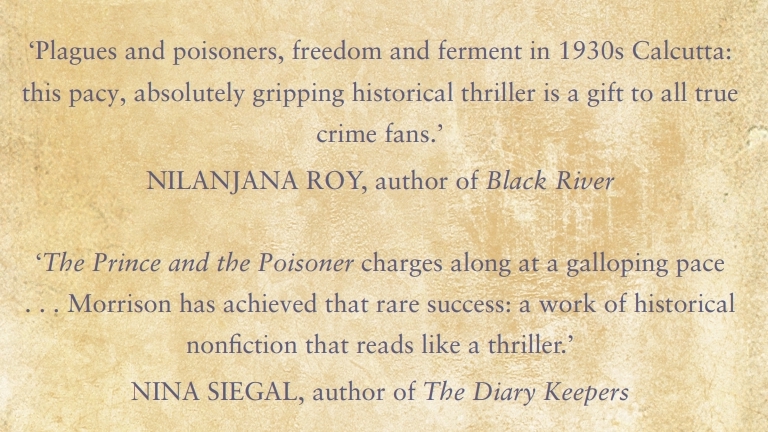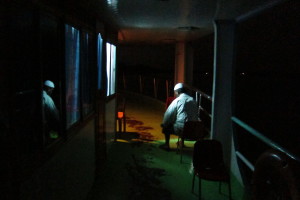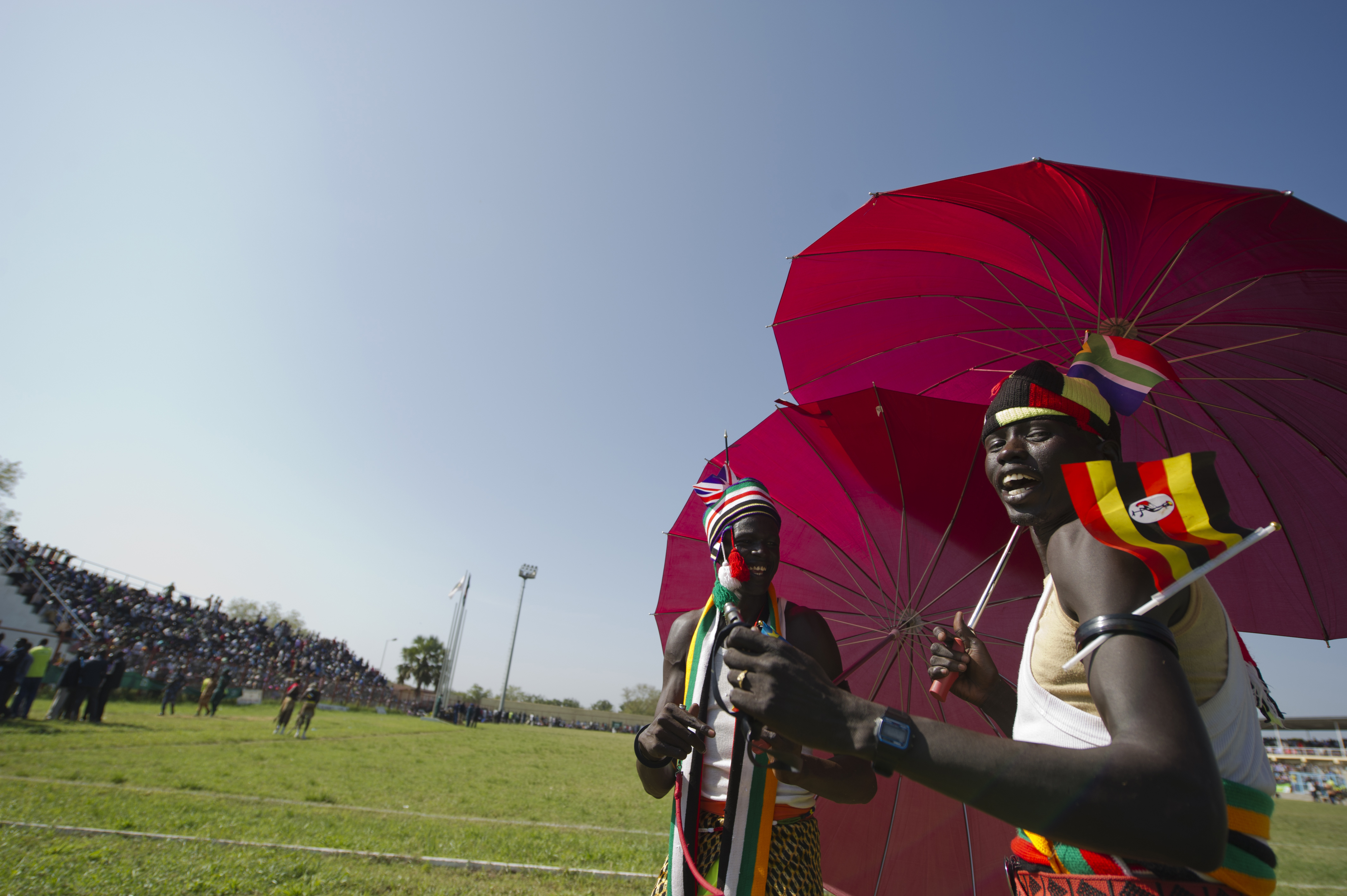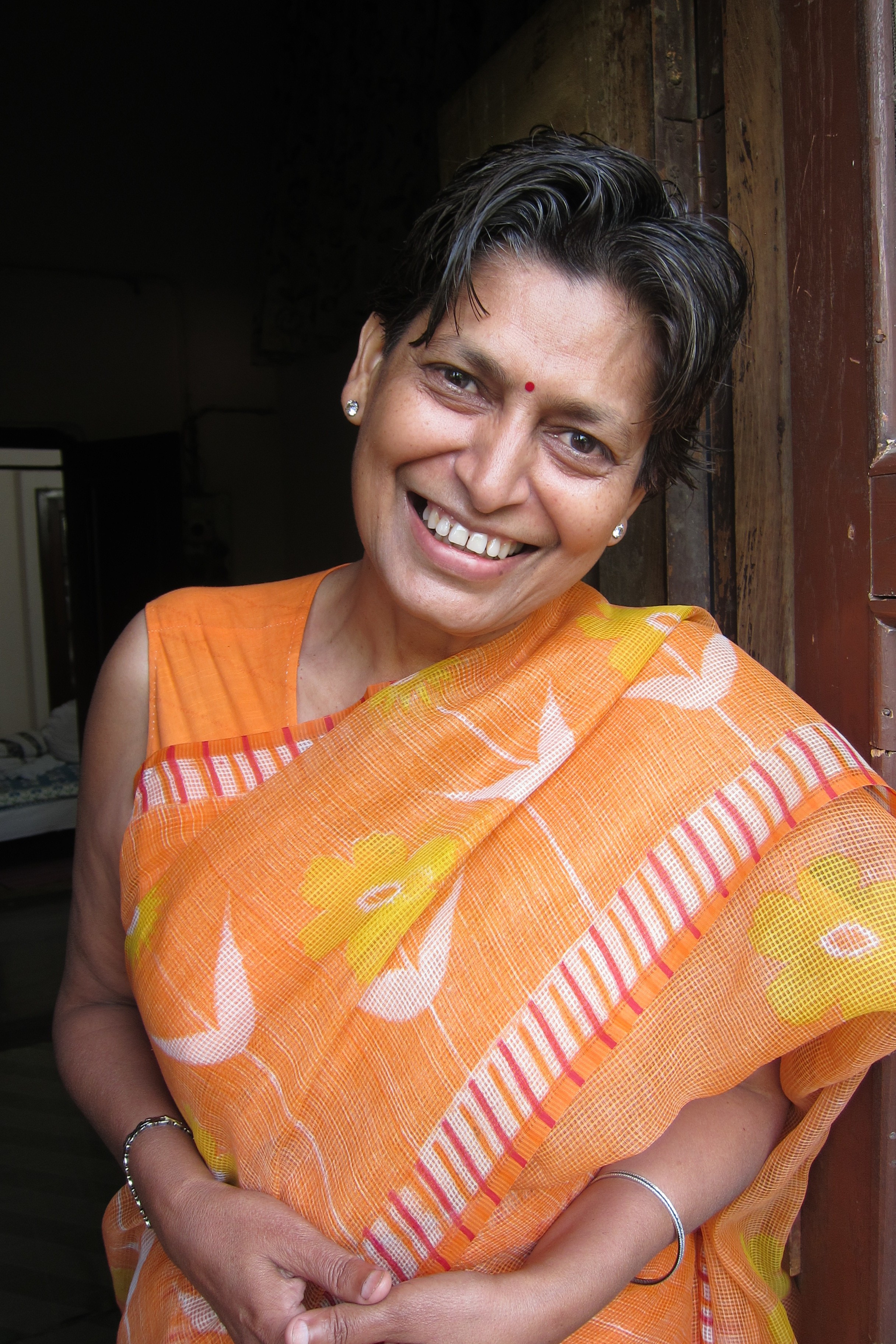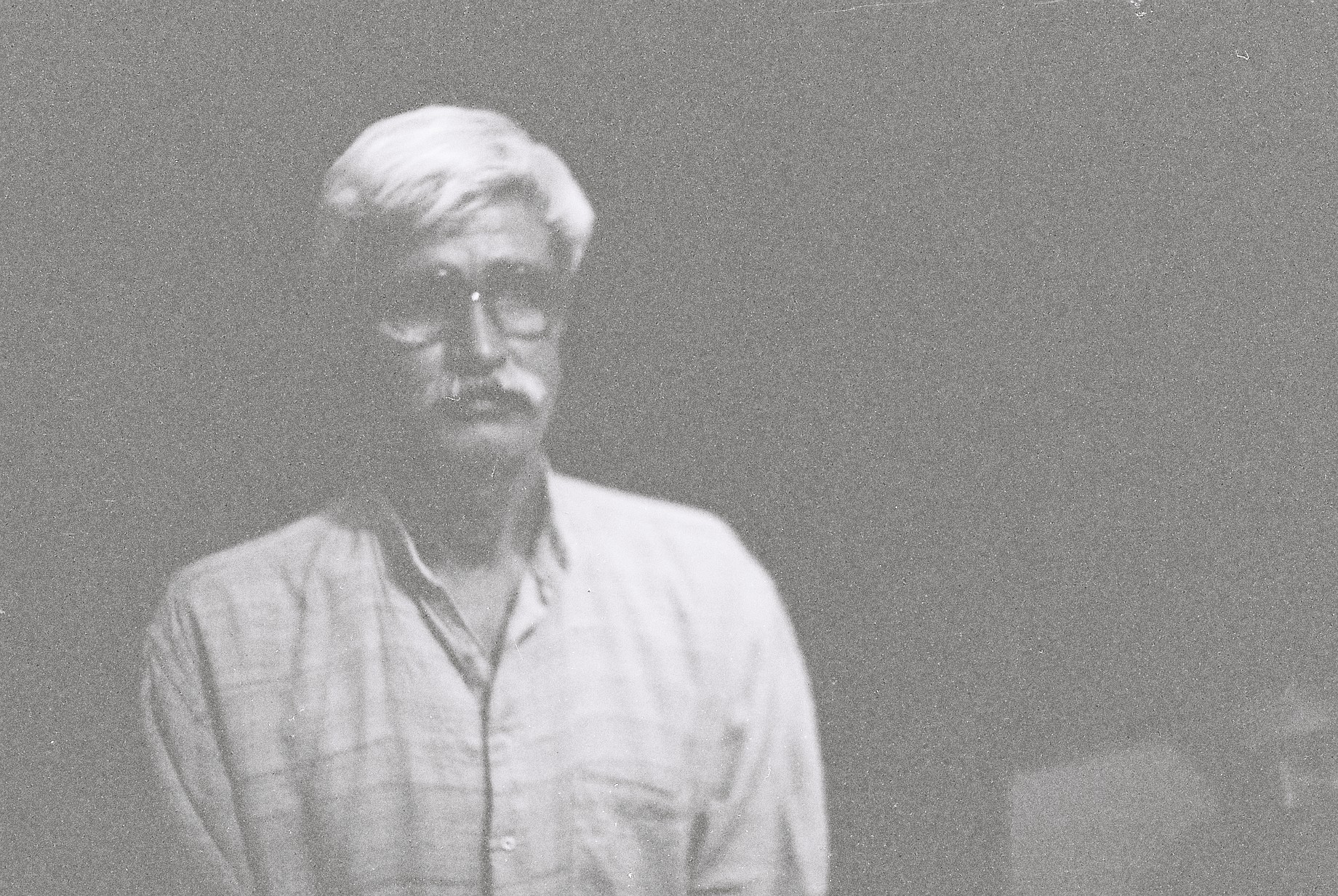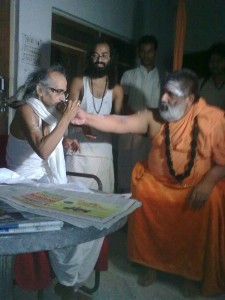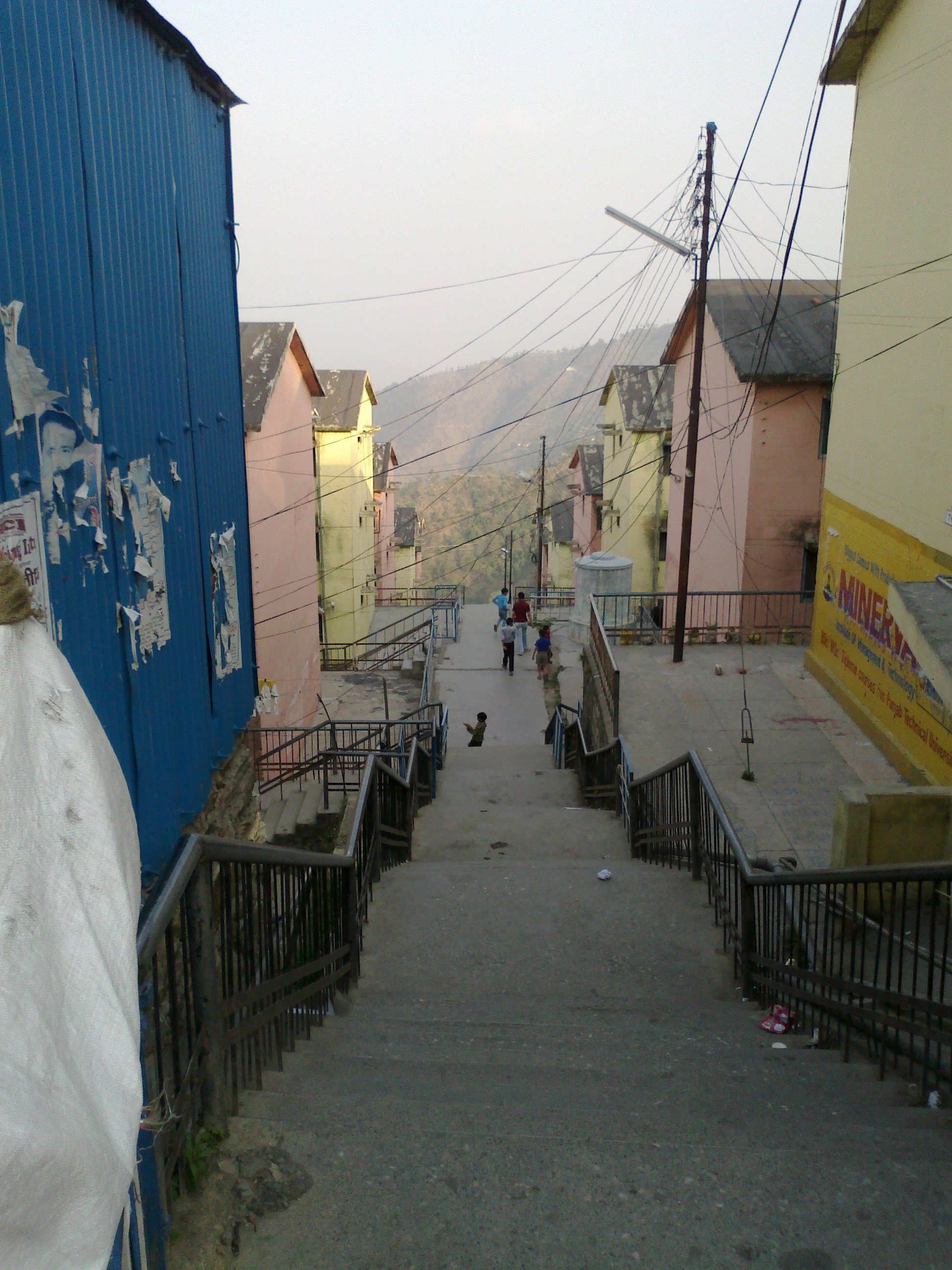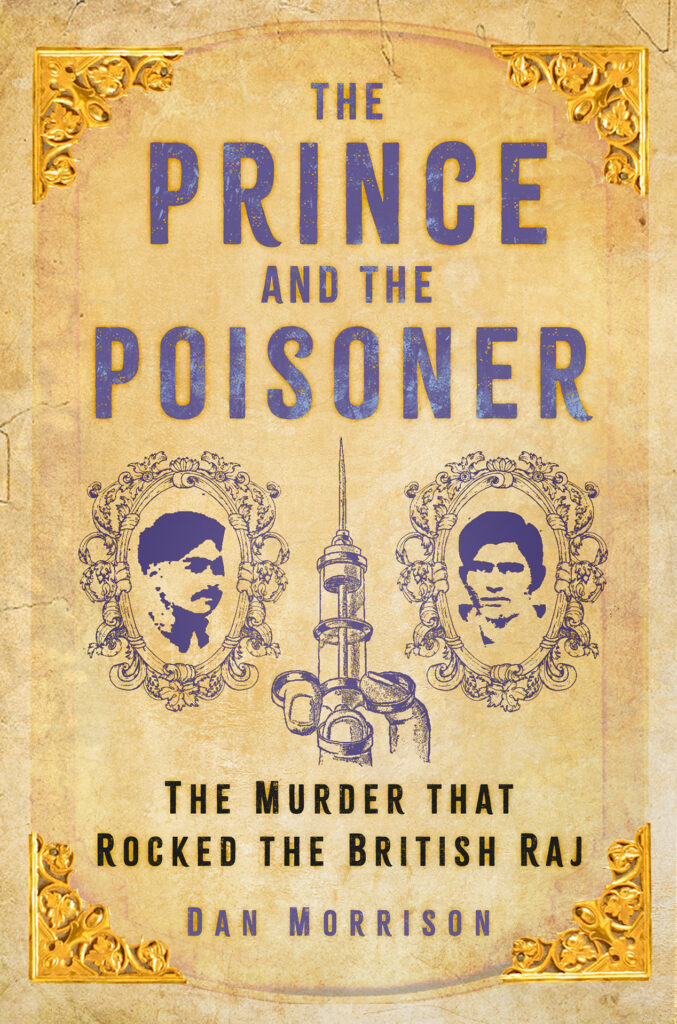
“Plagues and poisoners, freedom and ferment in 1930s Calcutta: this pacy, absolutely gripping historical thriller is a gift to all true crime fans.” – Nilanjana Roy, author of Black River
“Dan Morrison has unearthed a fabulous true crime story and embedded it within a fascinating work of micro history. David Grann has competition.” – Robert Twigger, author of Walking the Great North Line and Red Nile
“Right out of the gate, Dan Morrison’s thrilling narrative of greed, fratricide, and early 20th century forensics, The Prince and the Poisoner, charges along at a galloping pace. Synthesizing deep research with masterful storytelling skills, Morrison has achieved that rare success: a work of historical nonfiction that reads like a thriller. Your jaw may drop at what happened here, but you won’t want to look away.” – Nina Siegal, author of The Diary Keepers

